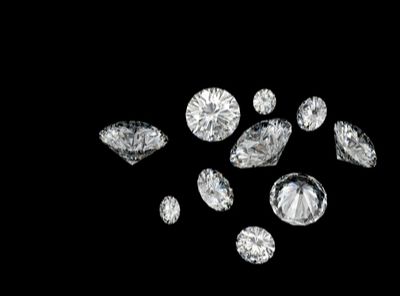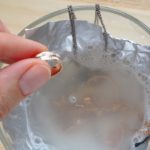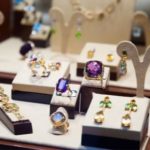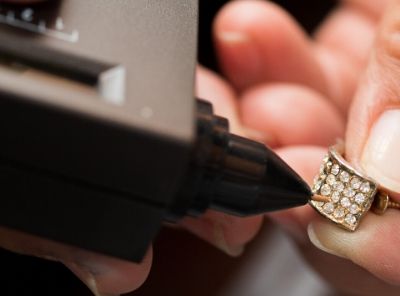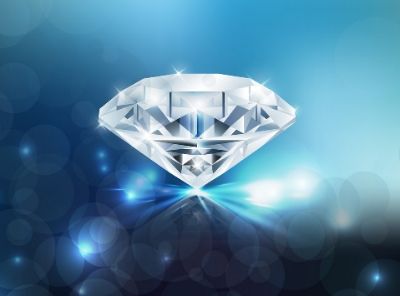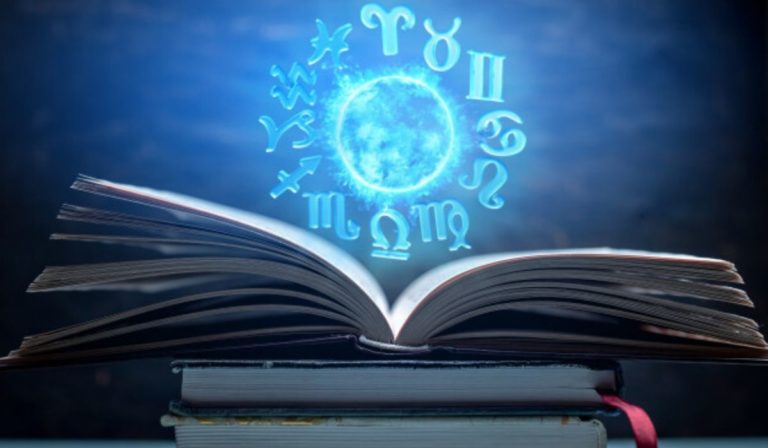VVS and VS Diamond clarity compared What’s the difference
Clarity determines how near-perfect a diamond is in its looks and appearance. Nearly all diamonds, whether synthetic and natural alike, have inclusions or imperfections. These are impurities that contribute to the overall peculiarity of a diamond and commonly consist of crystals, feathers, clouds and trace minerals in naturally mined diamonds, and trace metals in synthetic diamonds. To understand VVS and VS Diamond clarity compared What’s the difference read on.
The gradation of diamonds is done on a clarity scale based on the number, size, and type of inclusions, as determined by a gemologist.
Diamond clarity defines the quality of diamonds with respect to the existence and visual appearance of internal characteristics of a diamond called diamond impurities or imperfections, and surface defects, called blemishes or defects. Clarity is one of the 4Cs of diamond grading, the others being carat, color, and cut.
The VS and VVS clarity, The Style of Gradation
Gemological Institute of America says there are six main diamond clarity grades. The top is said to be flawless (denoted by FL) followed by the next best grade, internally flawless (IF), VVS (very, very, slightly) and VS (very slight).VVS has a higher quality than VS. The grasp VVS and VS Diamond clarity compared What’s the differentiation scrutinized on.
Clarity Grades
FL: Completely flawless
IF: Internally flawless; flaws are only present on the outer surface of the diamonds, which can be removed by further polishing the stone
VVS1 – VVS2: In such cases, if an expert can see a flaw from the top of the diamond, it is a VVS2 scenario. Else, if an expert jeweler can only detect flaws when viewing the bottom of the diamond stone, then it is a VVS1 imperfection. Only an expert jeweler can detect flaws with a 10X microscope or a jeweler’s loupe.
VS1 – VS2: It takes a long time (more than approximately 10 seconds), but you can see flaws with a 10X microscope.
SI1 – SI2: In here you can see flaws with a 10X microscope
I1 – I3: Here you can see flaws with the naked eye. Think about avoiding I2-I3 diamonds.
What is VVS Clarity?
Diamonds of VVS clarity have very unnoticeable imperfections that even professionals and experts are unable to see with a loupe or microscope.
The VVS grading range is divided into two sub-grades: VVS1 and VVS2. The VVS1 is a higher grade.
VS Clarity
VS clarity diamonds have flaws that are usually hard to see under 10 times more magnification. A small number of these imperfections can be readily visible. Like VVS clarity, the VS grade is divided into VS1 and VS2.
The Differences (VVSD)
1. VVS Diamonds have smaller inclusions.
● The most important difference between VVS and VS clarity is the size of flaws.
● VVS diamonds have smaller and less visible flaws.
● Even if you observe them under a microscope, it is really hard to notice the flaws.
VS Diamonds
1. VS diamonds have flaws that are noticeable under the microscope.
2. While many flaws are easily captured under the microscope, some of them can be noticed with a jeweler’s loupe.
3. The inclusions still are not visible with the naked eye.
Some more differences are:
● The number of inclusions in VS D will have more in VVS D ones.
● In most of the cases, VVS D have lesser inclusion than VS ones.
Similarities:
Inclusions in VS and VVS are usually not as important as other features. Flaws are something in diamonds we are already aware of, but the similarity between VS D and VVSD is something that none would be able to detect any readily visible flaws around the center.
The advantages of VS clarity
● A VS clarity diamond will usually be cheaper than a VVS clarity one, and the difference in terms of money can be of thousands of dollars.
● Well, obviously, a great cut or colored VS D is more expensive than a VVSD, so, other quality characteristics should also be evaluated.
● VS clarity stands the winner in terms of affordability.
Why Buy VVS Diamonds?
Although the VVS diamonds are ranked under the flawless category, only diamond experts with an expert eye for details and magnifying tools will be able to tell the difference between these two grades – VVSD and VSD. To the naked eye, VVS diamonds appear to be perfect; however, they are priced well below a crystal clear diamond. This, in turn, suggests that consumers buying VVS diamonds will get the look of a flawless diamond stone, but not the associated price tag that accompanied it. Besides, flawless diamonds are extremely rare and unique and difficult to find, so even if you have the money to afford this grade, you may not be able to find a flawless diamond stone that meets you’re the other 3Cs – carat, color and cut requirements. Thus, for customers looking for a visually perfect diamond should look for VVS diamonds as they are typically the number one choice in this regard. VVS diamonds are not only extravagantly beautiful, but they also make for a smart investment choice. Diamonds with a clarity grade of VVS2 or higher on the clarity scale are likely to increase quickly in value over time, while those with a lower clarity grade appreciate at a slower rate.
Smart Advice
So, it is advised to undoubtedly opt for VS ones as they are easy on your pocket and also the inclusions in it cannot be seen with naked eyes, so, there is no point to spend a fortune on buying the diamonds with less inclusion, that is, the VVSD ones. Comprehend VVS and VS Diamond clarity compared to What’s the distinction perused on.
Well always keep in mind, for grades if through SI, a diamond’s clarity grade has an impact on the diamond’s value, not on the unmagnified diamond’s appearance.
A diamond does not always have to be flawless to be stunning and vivacious. Diamonds that have VS and VSS grades are excellent choices for both value and look. The inclusions present in diamonds are always eyed clean.

